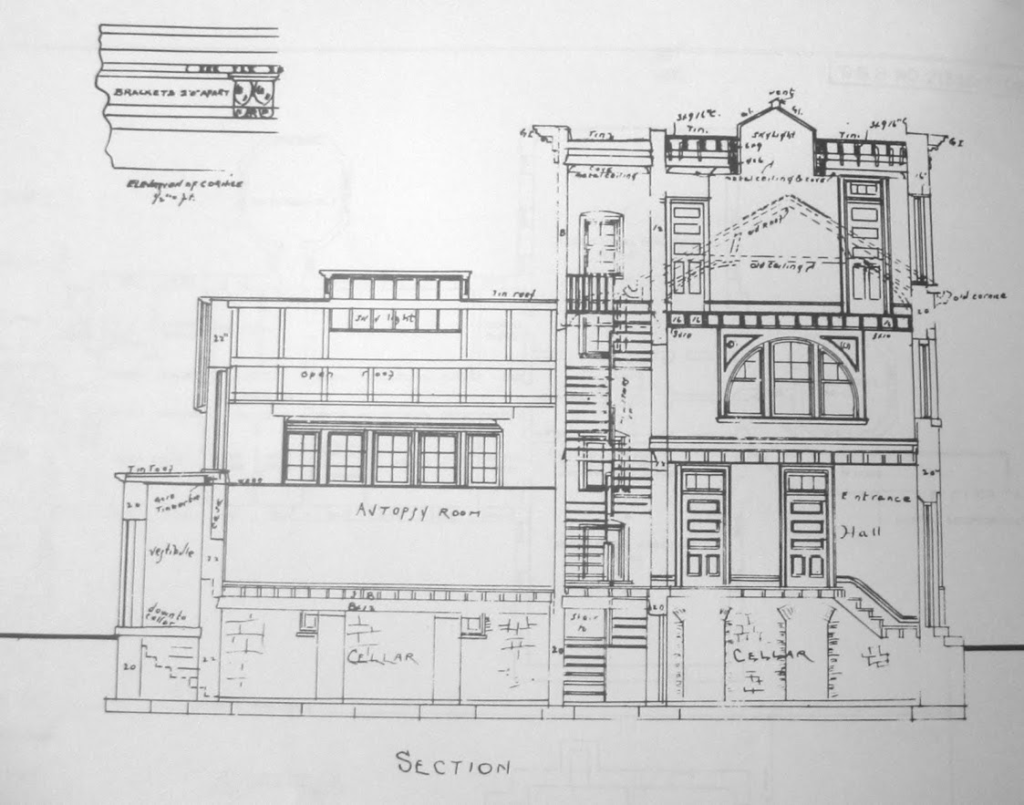Monday, February 20, 2023 – 1934 WPA ARTISTS WORKS FROM THE SMITHSONIAN



FROM THE ARCHIVES
MONDAY, FEBRUARY 20, 2023
ISSUE 918
1934 NEW DEAL FOR
ARTISTS
SMITHSONIAN AMERICAN ART MUSEUM

1934: A New Deal for Artists
February 27, 2009–January 3, 2010
SMITHSONIAN AMERICAN ART MUSEUM
In 1934, Americans grappled with an economic situation that feels all too familiar today. Against the backdrop of the Great Depression, President Franklin Delano Roosevelt’s administration created the Public Works of Art Project—the first federal government program to support the arts nationally. Federal officials in the 1930s understood how essential art was to sustaining America’s spirit. Artists from across the United States who participated in the program, which lasted only six months from mid-December 1933 to June 1934, were encouraged to depict “the American Scene.” The Public Works of Art Project not only paid artists to embellish public buildings, but also provided them with a sense of pride in serving their country. They painted regional, recognizable subjects—ranging from portraits to cityscapes and images of city life to landscapes and depictions of rural life—that reminded the public of quintessential American values such as hard work, community and optimism.

When he was twelve, Dewey Albinson was shot in the leg by a group of boys who had stolen his bicycle. He left high school and spent a lot of time at home, sketching and painting to fill his free time. He studied at the Art Students League in New York, then spent most of the 1920s and ’30s painting the towns, landscapes, and mines of Minnesota. He joked once that he had painted “every outhouse from Minneapolis to Canada” (Loran, “Minnesota Artists,” American Magazine of Art, January 1938). Albinson created images for the Public Works of Art Project and also acted as state director of the Minnesota educational division. In the late 1930s he spent several summers as a “recluse” on a small island on Lake Superior, leaving in the fall only after an inch of ice had formed in his wash pail. Albinson lived the last years of his life in Mexico, where he suffered paralysis caused by his childhood injury and had to pull himself around on a dolly in order to paint. (Swanson, “A Study of Dewey Albinson,” n.d., unpublished ms., SAAM curatorial file)

Artist Lily FuredI
Date1934
Oil on canvas

J. Theodore JohnsonBorn Oregon, IL 1902-died Sunnyvale, CA 1963
J. Theodore Johnson is best known for the four murals he created for the Oak Park Post Office in Chicago while working for the Works Progress Administration.

The paper plant where these men are laboring was the mainstay of Glens Falls, New York, where Douglass Crockwell had his studio. Crockwell, like many artists on the Public Works of Art Project who anticipated the public exhibition of his painting, proudly depicted the chief industry of his town. The workers are smoothing and stamping an enormous roll of newsprint, the plant’s principal product.
Crockwell noted that in this scene dominated by mighty iron machinery he took “some liberties with the human form” because “the whole composition of the picture requires hard structural forms.” By showing the workers as blocky figures that appear to be roughly carved out of wood, the artist visually likened the men to the source of the wood pulp from which they made newsprint. The workers appear powerfully identified with their work. The question “what do you do for a living?” became a poignant one during this time when so many had no answer. Crockwell, a busy illustrator for much of his life, recalled that when “the depression arrived . . . there wasn’t much work.”
1934: A New Deal for Artists exhibition label

These workers are demolishing a St. Louis building as evening falls and street lights begin to glow. In the midst of the Great Depression, modest houses and shops around Market Street gave way to wider streets, graceful parks, and the Municipal Auditorium. The pointed tower of the new Civil Courts Building in the background, built in 1930, shows how the city was being transformed.
A few months before Joe Jones made this painting, he had told the St. Louis Artists’ Guild, “I am not interested in painting pretty pictures to match pink and blue walls, I want to paint things that will knock holes in walls.” Yet the warm light on the dilapidated street and the industrial smoke that veils the new buildings in the background suggest that the artist did not embrace these changes uncritically. Jones lived in a houseboat on the Mississippi not far from the construction around Market Street; he knew the old neighborhood that was vanishing and would miss the people and businesses pushed aside in the name of progress.
1934: A New Deal for Artists exhibition label
PHOTO OF THE DAY
SEND YOUR RESPONSE TO:
ROOSEVELTISLANDHISTORY@GMAIL.COM

WEEKEND PHOTO OF THE DAY
GLORIA HERMAN GOT THE RIGHT COVER FROM
1980 MARVEL SPIDERMAN COMIC

Text by Judith Berdy
Thanks to Bobbie Slonevsky for her dedication to Blackwell’s Almanac and the RIHS
Thanks to Deborah Dorff for maintaining our website
Edited by Melanie Colter and Deborah Dorff
All image are copyrighted (c) Roosevelt Island Historical Society unless otherwise indicated
SMITHSONIAN AMERICAN ART MUSEUM
THIS PUBLICATION FUNDED BY DISCRETIONARY FUNDS FROM CITY COUNCIL MEMBER JULIE MENIN & ROOSEVELT ISLAND OPERATING CORPORATION PUBLIC PURPOSE FUNDS.


Copyright © 2022 Roosevelt Island Historical Society, All rights reserved.Our mailing address is:
rooseveltislandhistory@gmail.com

Leave a comment